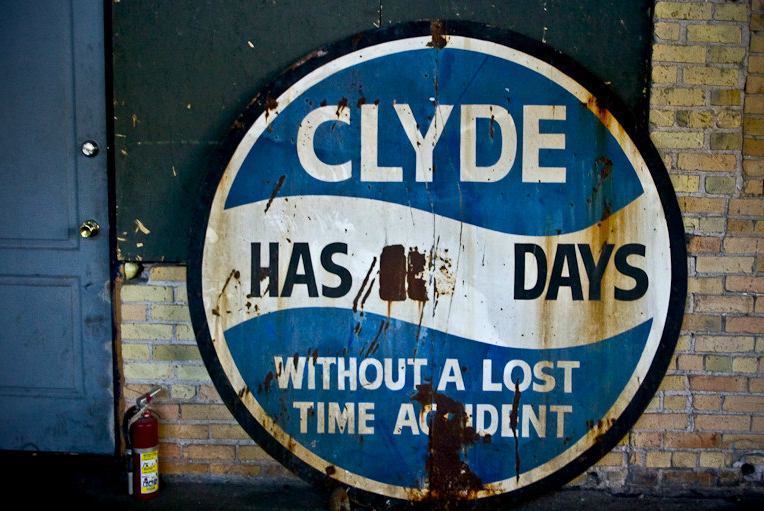When operating a service business such as a creche or hair salon, employees will be working and interacting with customers to give quality work. As the small business owner, you will be focused on managing your workers, collecting on invoices and paying for the products you need to run operations. With having so few employees on the payroll, it can be easy to forget about the importance of employee safety and health until an actual accident or sickness happens.
Prevention is paramount in the work place
If your organisation doesn’t have a viable employee safety and health programme in place, your operations can suffer from financial losses and liability lawsuits from workers. Although most laws require that any business that hires 5 or more employees to have safety policies in place, even smaller businesses should adopt effective employee safety and health management initiatives.
Some of the costs to your business without quality safety initiatives:
- Loss of employee productivity due to illness or injury,
- Possible liability lawsuits for unsafe working environments,
- Loss to reputation that can affect customers and clients working with your company.
The best way to develop a safety and health programme is to tackle all five key management areas:
- Outlining strategic objectives,
- Performing risk management,
- Developing best practices for emergencies,
- Implementing resources and training,
- Periodic reviews of programmes.
Some of the top problems that you may face during managing safety and health programmes are identifying new risks to employees as your operations expand, and having effective reporting measures in place for employees to communicate risks that they find while on the job.
Constant reviews and training are paramount once you have adopted the appropriate safety and health management programmes for your particular business. There is no one size fits all in regards to developing safety practices, as each small business will differ from the other based on the types of risks that may be found operating equipment and working in hazardous conditions. So evaluating the working environment, developing plans most suited for that environment, and providing resources for employees must be taken into account individually.
Investigate all accidents and sicknesses no matter how minor
When an accident or illness occurs, there should be a set procedure to investigate the cause and determine the best methods to prevent the incident from occurring again. Even if the problem seems minor, like an employee slipping on a puddle of water on the floor, the accident should undergo the same amount of evaluation and reporting as with more serious incidents. Proper reporting can determine a pattern with certain accidents happening more often than they should. You can effectively develop ways to improve the work environment by implementing more comprehensive training or a change in the work environment operations.
You want your operations to run unimpeded on a daily basis. Yet accidents and illnesses can slow down processes that will negatively impact your bottom line. Develop a safety and health programme to create a safe and healthy workplace for your employees.
The old saying goes, ‘a business is only as good as the people in it’. That means that having your HR in order is pretty important. It can be a complex subject for employers. Check out our HR Guide, it will outline exactly what your responsibilities are and also provides a handy checklist so that you can keep on top of them.




